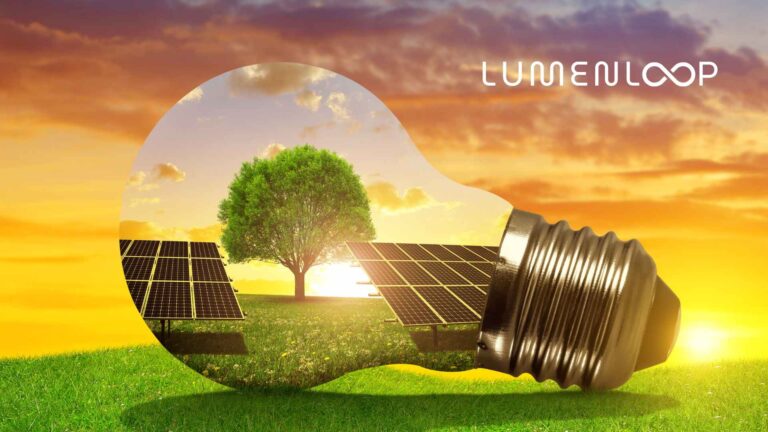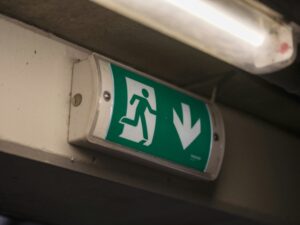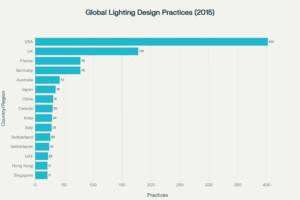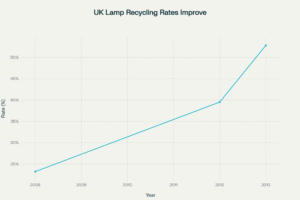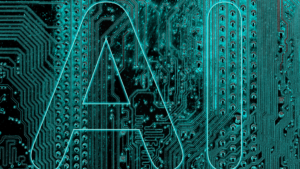The True Cost of Inefficient Lighting: What IEA Data Reveals About UK Energy Waste
International Energy Agency analysis shows UK buildings are losing millions through outdated lighting technology
Based on IEA Energy Efficiency Indicators Database - December 2021 Edition - 58 Countries - 2000-2019 Data
Key Findings from IEA Analysis
What the Data Shows for UK Facilities
The Technology Gap: IEA-Verified Performance
| Technology | Typical Wattage | Energy Intensity | Annual Cost (per fixture) | CO2 Emissions (kg per year) |
|---|---|---|---|---|
| Incandescent | 60W | 0.025 GJ per square metre | 51.10 pounds | 56.4 kg |
| Halogen | 42W | 0.018 GJ per square metre | 35.77 pounds | 39.5 kg |
| CFL | 15W | 0.012 GJ per square metre | 12.78 pounds | 14.1 kg |
| LED (Modern) | 9W | 0.008 GJ per square metre | 7.67 pounds | 8.5 kg |
Based on 5 hours daily usage, UK average electricity rate 0.28 pounds per kWh, 233g CO2 per kWh grid intensity
Where the Opportunities Lie: IEA Services Sector Data
Offices and Financial Services
Longest operating hours, highest immediate ROI for LED upgrades
Retail and Wholesale
High light intensity requirements, significant visual impact
Education
Large floor areas, public sector budget pressure
Healthcare
24/7 operations, critical quality requirements
Hospitality
Guest experience priority, frequent redesigns
Other Services
Arts, entertainment, public administration
UK Lighting Efficiency Progress
Energy Intensity Reduction Potential by Sector
Residential Sector
Current: 0.012 GJ per square metre LED Optimized: 0.008 GJ per square metre
Services Sector
Current: 0.015 GJ per square metre LED Optimized: 0.007 GJ per square metre
Industrial Facilities
Current: 0.019 GJ per square metre LED Optimized: 0.008 GJ per square metre
Understanding Energy Efficiency: The IEA LMDI Methodology
How IEA Measures Efficiency Improvements
The International Energy Agency uses Log Mean Divisia Index (LMDI I) decomposition analysis to separate energy consumption changes into three distinct factors:
The Carbon Dimension: Beyond Energy Costs
UK Grid Carbon Intensity: 233g CO2 per kWh
With UK electricity generating 233 grams of CO2 per kilowatt-hour (IEA 2019 data), lighting efficiency directly translates to emissions reductions - a growing priority for corporate ESG commitments and government net-zero targets.
The Data Supports The Decision
IEA analysis of 58 countries over 20 years confirms what leading facilities already know: LED technology is not just more efficient - it is the only lighting technology that makes economic and environmental sense.
For UK facilities still using halogen or CFL technology, every day of delay costs money, wastes energy, and increases carbon liability.
About the IEA Data
Database Coverage: The IEA Energy Efficiency Indicators database tracks energy consumption, emissions, and activity data across residential, services, industry, and transport sectors for 58 countries including all 30 IEA member nations.
Methodology: Data collection via annual questionnaires to national administrations, supplemented by established statistical sources (Eurostat, OECD, World Steel Association, US Geological Survey). Published bi-annually with 2-year lag for data validation.
UK Coverage: Comprehensive data across all sectors from 2000-2019, including residential energy consumption by end-use (space heating, cooling, water heating, cooking, lighting, appliances), services sector energy by building type and end-use, and decomposition analysis of efficiency drivers.
Quality Assurance: IEA implements strict validation criteria including internal consistency checks, cross-referencing with energy balance data, and plausibility testing of intensity indicators. All data subject to IEA Terms and Conditions available at www.iea.org/terms.
For reducing energy use in buildings, lighting is often one of the simplest and most measurable places to start. But how much can you actually save — and which measures deliver the biggest impact in real projects?
To find out, we looked at the IEA SHC Task 50 Technical Report, one of the most comprehensive international reviews of lighting retrofits conducted across Europe and beyond. The report gathered results from field studies, lab tests, and post-occupancy evaluations to quantify how different retrofit strategies perform in practice.
Typical Energy Savings for Lighting Retrofit Measures
Summarised from the IEA SHC Task 50 review of real-world lighting retrofits.
Source: IEA SHC Task 50 – Technical Report T50.D2 (2016)

1. Lighting accounts for a large share of building energy use
The review found that lighting makes up anywhere from 15% to 60% of total energy use in non-residential buildings, depending on type and operating hours.
Offices and schools sit near the lower end of that range; retail and healthcare facilities are often much higher.
That means improvements here have a visible impact on the overall carbon footprint of a building — particularly when electricity is still generated from a mixed grid.
2. LED replacement remains the single biggest opportunity
Across dozens of studies, LED retrofits consistently delivered around 50% energy savings compared with older fluorescent or HID systems.
This figure aligns with what we see in practice at Lumenloop when older T8 and T5 fittings are replaced with high-efficacy LED luminaires.
However, it’s not just about wattage: modern LED systems offer better optical control and lumen maintenance, meaning fewer fittings can often achieve the same visual performance.
3. Smarter lighting layouts save more than you think
One of the most interesting findings from the IEA review was the benefit of task-ambient design — providing higher light levels only where they’re needed and reducing background illumination elsewhere.
These schemes delivered 22–25% energy reductions compared with standard efficient general lighting, without compromising comfort or usability.
In other words, layout and design strategy matter almost as much as the technology itself.
Where Lighting Energy is Used
Based on the IEA SHC Task 50 analysis of lighting system energy use components.
Source: IEA SHC Task 50 – Technical Report T50.D2 (2016)

4. Controls work — but context is everything
Occupancy sensors, daylight dimming, and presence detection were also studied extensively. Reported savings ranged from 20% up to over 90%, depending on the building type and how the system was commissioned.
That range highlights a key point: controls can be transformative, but only when they’re configured for how people actually use a space. Poorly tuned sensors or overrides can quickly erode those expected gains.
5. Paybacks are typically under two years
Perhaps the most persuasive figure from the IEA analysis: most lighting retrofit projects achieved payback in less than two years.
That’s a compelling statistic in any energy management plan — and a reminder that efficiency doesn’t have to be a long-term gamble.
Turning research into action
At Lumenloop, we believe the best lighting strategies start with real data and end with practical results.
Whether you’re looking to upgrade an existing estate or design new lighting around energy targets, the evidence is clear: thoughtful retrofit design delivers rapid, measurable savings.
If you’re interested in reviewing your current setup or exploring a lighting plan aligned with the findings above, you can get in touch with our team — we’re happy to share insights or model what those savings could look like for your buildings.
Sources:
IEA SHC Task 50, Technical Report T50.D2 — Daylighting and Lighting Retrofit to Reduce Energy Use in Non-Residential Buildings, 2016.
